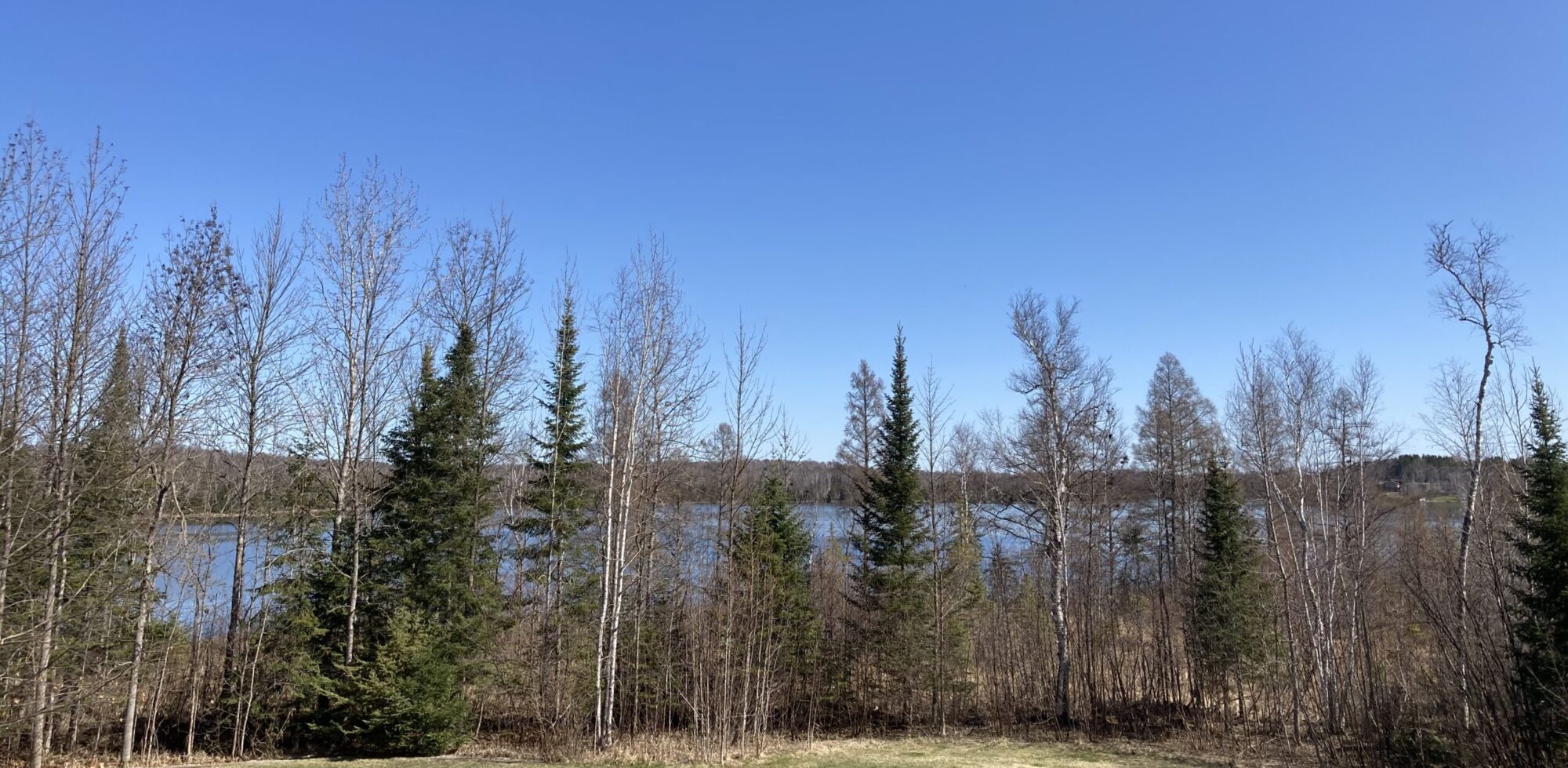NOXIOUS WEED PROGRAM Townships are asked to address noxious weeds in their jurisdiction. At a training session we were told to be especially on the look-out for the following four varieties. If you find these on your property and would like to get rid of them, contact a township supervisor and we can put you in touch with local noxious weed specialists. You might also find this brochure on invasives really interesting!
Canada thistle is an herbaceous perennial with erect stems 1½-4 feet tall, prickly leaves and an extensive creeping rootstock. Stems are branched, often slightly hairy, and ridged. Leaves are lance-shaped, irregularly lobed with spiny, toothed margins and are borne singly and alternately along the stem. Rose-purple, lavender, or sometimes white flower heads appear from June through October, generally, and occur in rounded, umbrella-shaped clusters.

Common buckthorn is a shrub or small tree that can grow to 22 feet in height and have a trunk up to 10 inches wide. The crown shape of mature plants is spreading and irregular. The bark is gray to brown, rough textured when mature and may be confused with that of plum trees in the genus Prunus. When cut, the inner bark is yellow and the heartwood, pink to orange. Twigs are often tipped with a spine. In spring, dense clusters of 2 to 6, yellow-green, 4-petaled flowers emerge from stems near the bases of leaf stalks. Male and female flowers are borne on separate plants. Small black fruits about 1/4 inch in cross-section and containing 3-4 seeds, form in the fall. Leaves are broadly oval, rounded or pointed at the tip, with 3-4 pairs of upcurved veins, and have jagged, toothed margins. The upper and lower leaf surfaces are without hairs. Leaves appear dark, glossy green on the upper surface and stay green late into fall, after most other deciduous leaves have fallen.
A similar problem exotic species is Rhamnus frangula, glossy buckthorn. Glossy buckthorn does not have a spine at twig tips, leaves are not toothed, and the undersides of the leaves are hairy.

Leafy spurge is characterized by plants containing a white milky sap and flower parts in three’s. Leafy spurge is an erect, branching, perennial herb 2 to 3½ feet tall, with smooth stems and showy yellow flower bracts. Stems frequently occur in clusters from a vertical root that can extend many feet underground. The leaves are small, oval to lance-shaped, somewhat frosted and slightly wavy along the margin. The flowers of leafy spurge are very small and are borne in greenish-yellow structures surrounded by yellow bracts. Clusters of these showy, yellow bracts open in late May or early June, while the actual flowers do not develop until mid-June.
Leafy spurge displaces native vegetation in prairie habitats and fields through shading and by usurping available water and nutrients and through plant toxins that prevent the growth of other plants underneath it. Leafy spurge is an aggressive invader and, once present, can completely overtake large areas of open land.

Spotted knapweed is a biennial or short-lived perennial with pinkish-purple, thistle-like flowers and stem leaves that are covered with downy grayish hairs. This species has become one of the most problematic and widespread invasive plants in the western U.S. and is now spreading throughout the Midwest. Knapweed thrives in disturbed areas and spreads quickly once established. Knapweed is especially troublesome because of its ability to release toxic chemicals from its roots; these chemicals reduce growth and germination of neighboring plants.



